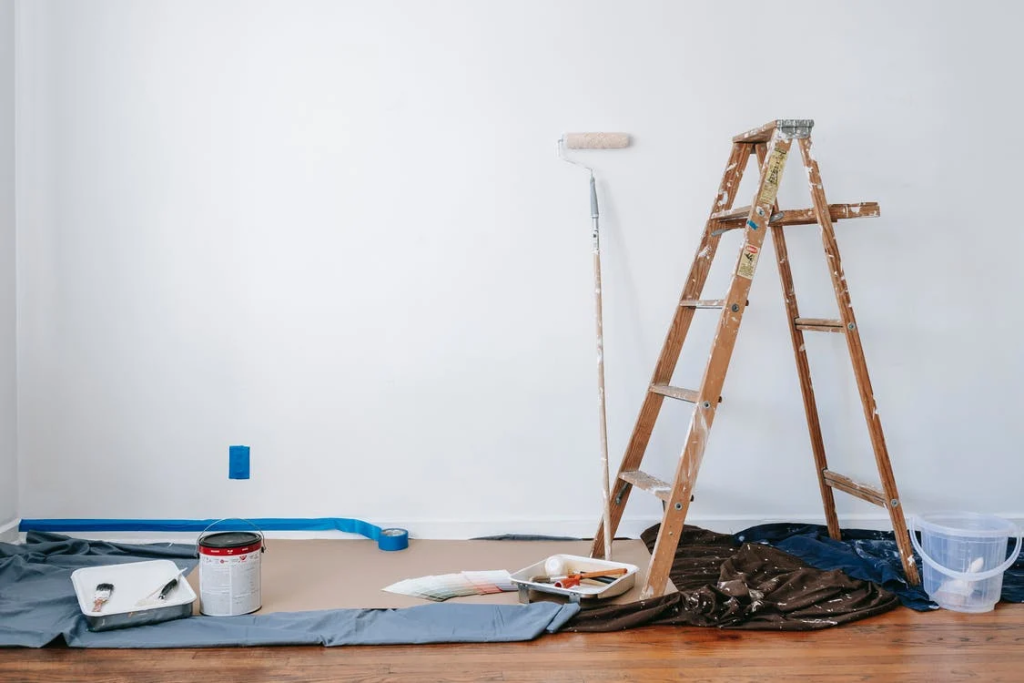Do I Need Two Coats of Paint if I Use Primer?


Yes, unfortunately, you still do. In painting over the primer using the chosen paint color, use two layers of paint to ensure a smooth finish. This establishes long-term resilience, a more appealing final product, and a consistent hue. To paint across an existing color with a fresh one, or to paint above an old color with a fresh coat of paint, apply two layers of paint on top of the primer both on the internal and external of the house. If you really are repainting a primed surface or painting above a preexisting color with much the same color, you could be lucky to work with using only one coat.
When is it Okay to Use One Coat After the Primer?
If you’re rebuilding and restoring a surface or area that has previously been painted to the correct specifications, using one layer of paint over the primer will usually provide comprehensive support. As long as you’re using the same color as previously while painting, it’s appropriate for some color to flow through the priming throughout the coating process. Although high-quality paint can offer adequate protection in a single coat, the painting task might necessitate the use of two coats.
In the case of ceiling painting, high-quality ceiling paint helps to apply only one layer above the primer, saving you time and money. This drastically minimizes the amount of time and resources required to complete the ceiling painting project. This method, on the other hand, is most effective when repainting white ceilings using white primer and paint. Whereas if surfaces were repainted a darker shade, you may have to apply two coats of paint to conceal them.
How Long is the Waiting Time Between Primer and Paint Coats?
Let the primer dry for at least 24 to 48 hours prior to painting with the color of your selection. It takes several hours for the primer to completely dry. It may appear cured immediately afterward painting and don’t be fooled by this appearance. Applying paint over priming too quickly might result in paint that peels, bubbles, or becomes ruined. Allow a full day or two before applying the first finishing layer to ensure that the effort you put into priming is not unduly compromised.
When is it Suggested to Apply Two Coats of Primer?
Walls that are made of plasterboard or gypsum which have never been prepped or primed will have portions that are more permeable than other sections of the wall. These varied-sized patches will soak paint at varying rates, producing blotches on the surface. The use of two primer layers is suggested in this situation since a large portion of the first primer coat would be consumed by the surface; the next coat will refill whatever primer that has been consumed by the area and will conceal any imperfections in the wall.
When to Skip the Primer?
Multipurpose paint and primer solutions also referred to as self-priming paints, have a significantly higher number of compounds than most standard paints, resulting in a significantly richer layer than standard paints. Be mindful of the fact that different layers of self-priming paint perform beautifully if applied over a comparable or brighter hue; self-priming paint is also particularly fit to smooth edges in perfect shape, and it may take much longer to cure than traditional paint.
